As Hurricane Milton causes widespread damage, many people are discussing differences between cyclones and tornadoes.
As Hurricane Milton continues to impact Florida, many people are left wondering about the differences between hurricanes, cyclones, and tornadoes.
This confusion has grown as the storm has caused significant destruction along the coast.
So, what are the differences between cyclones and tornadoes?
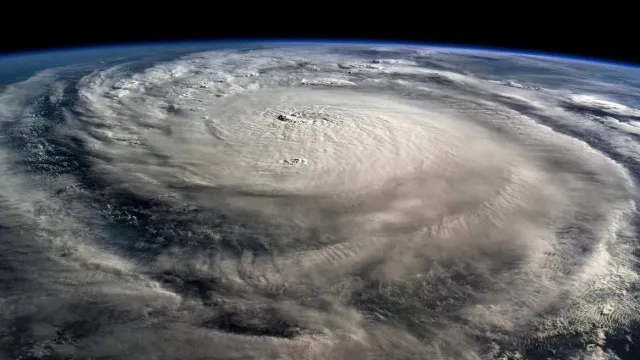
Hurricane Milton causes widespread damage and power outages
Hurricane Milton made landfall on October 9, 2024, and quickly became a major topic of discussion.
Initially classified as a Category 5 hurricane, it was later downgraded to Category 3.
However, even as a Category 3, the storm brought powerful winds and heavy rainfall that affected millions of residents.
Nearly three million homes lost power, and the storm caused extensive damage, including tornadoes forming in its path.
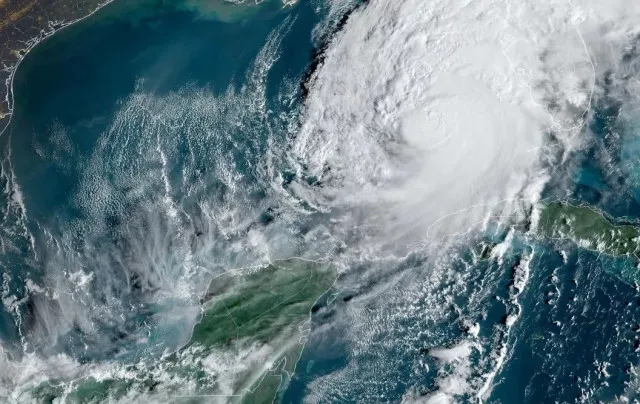
To understand the differences between these storms, we need to look at their definitions.
Hurricanes and typhoons are types of tropical cyclones.
They form over warm ocean waters and are fueled by the heat and moisture from the sea.
When warm air rises, it creates an area of low pressure, which draws in more air and causes a spinning motion.
This process leads to the formation of clouds and thunderstorms.
The main difference between hurricanes and typhoons lies in their location.
Hurricanes occur in the Atlantic Ocean and the northeastern Pacific Ocean.
Typhoons, on the other hand, form in the northwestern Pacific Ocean, particularly near countries like Japan and China.
Both types of storms can cause severe damage due to their strong winds and heavy rains.
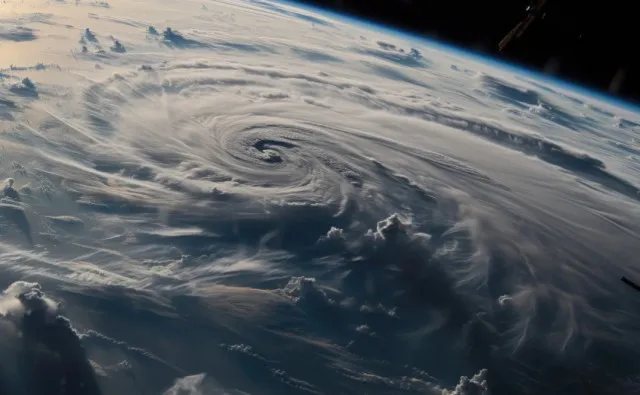
The differences between cyclones and tornadoes as Hurricane Milton rampages
Cyclones is a term used for similar storms that occur in the southern Pacific and Indian Oceans.
While they are all tropical cyclones, the name changes based on where they form.
Additionally, the direction they spin differs: hurricanes and typhoons rotate counterclockwise, while cyclones in the Southern Hemisphere rotate clockwise.
Tornadoes are different from hurricanes and cyclones in several ways.
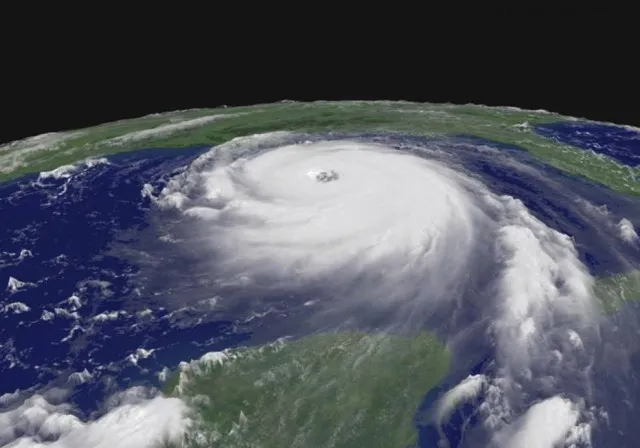
Tornadoes are smaller but much more intense. They form over land, not water, and are created when warm, moist air rises quickly into a storm.
This rapid rise can create a rotating column of air that touches the ground.
Tornadoes can produce extremely high wind speeds, making them very destructive in a localized area.
Hurricane Milton causes discussion about storm types and frightening experiences.
As Hurricane Milton raged on, many people took to social media to express their surprise at learning about these differences.
Videos explaining the distinctions went viral, with viewers commenting on how they had never understood this information before.
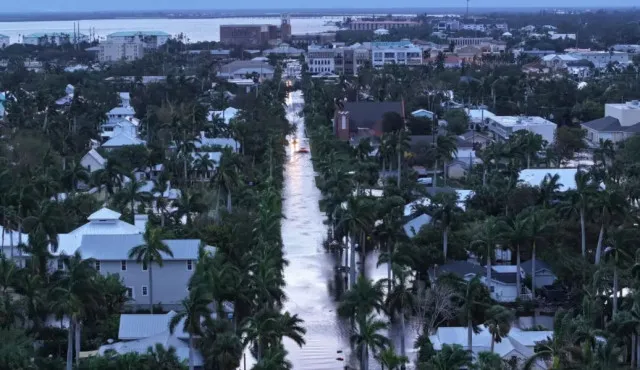
In addition to the discussions about storm types, people have been sharing their experiences during Hurricane Milton.
Many have reported terrifying moments as the storm approached, with winds exceeding 120 mph.
Roofs were ripped off buildings, and debris flew through the air.
The storm surge reached heights of up to 12 feet in some areas, leading to serious flooding.